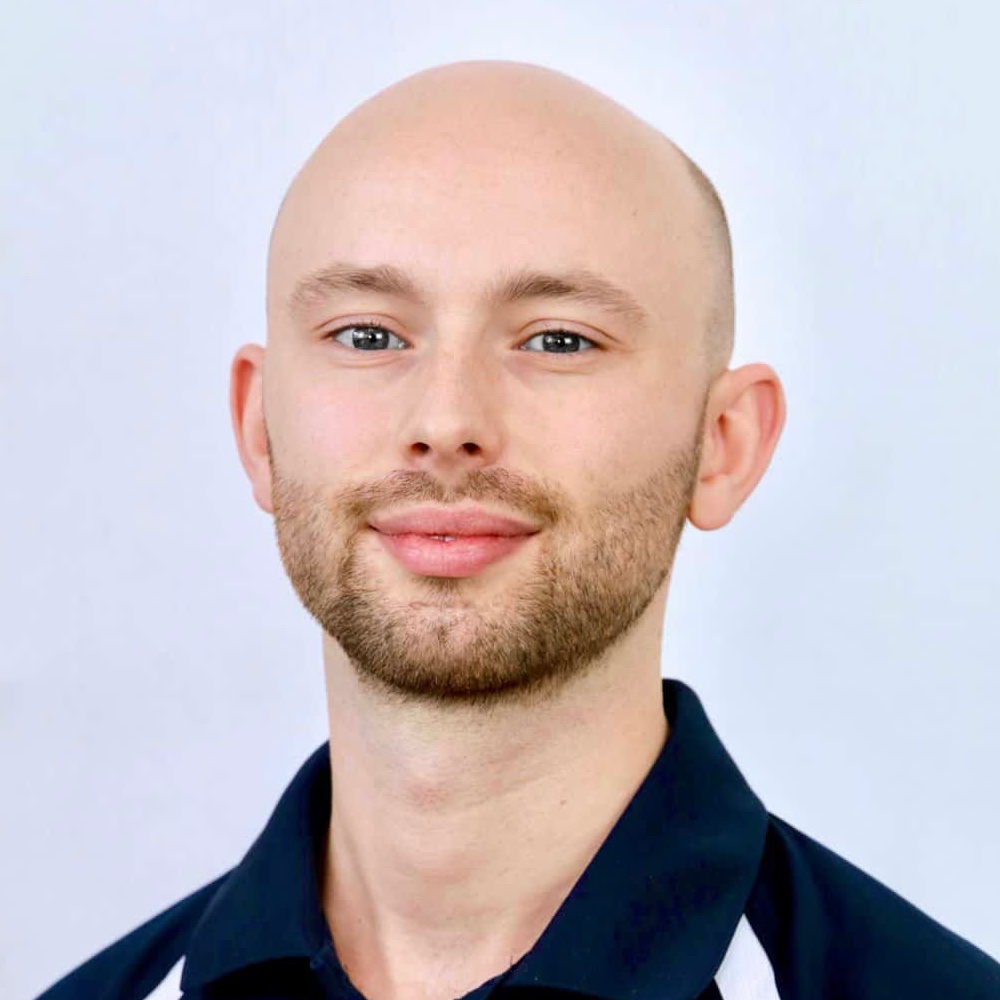 So many people in the UK suffer from a form of pulled or stretched muscle. The problem can be minor or major- there are so many degrees of muscle pain and strains. One thing is for sure, you need help fixing a pulled muscle, as you could cause further damage if the problem is not attended to.
So many people in the UK suffer from a form of pulled or stretched muscle. The problem can be minor or major- there are so many degrees of muscle pain and strains. One thing is for sure, you need help fixing a pulled muscle, as you could cause further damage if the problem is not attended to.
Here at Sheffield Physiotherapy, we have decades of experience in helping people with common muscle problems. Whatever the symptom, pain level or effect of your muscle pull, we can help diagnose the problem and provide treatment.
If you are an athlete, you should always consider good warm up exercises before you start training. If not you may experience pulled muscles, a tear in the muscle fibers or other equally problematic body trauma.
One of the most affected muscles is the hamstring, that is located on the back of the thigh. Uncoordinated movement is the most common cause of a pulled muscle. These are the symptoms that you have pulled muscle: limited muscle movement and it feels hard, acute and jabbing pain that may develop in a few minutes on the affected area. To reduce the pain in the affected area place an ice-pack and wrapping elastic bandage on the muscle (the suggested actions to avoid further damage). Prescribed medication from your doctor is also a big help in keeping the pain to a minimum.

